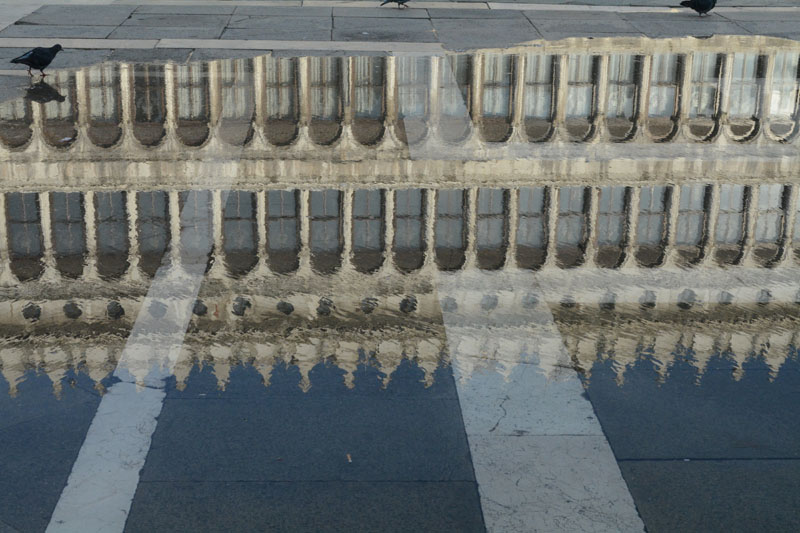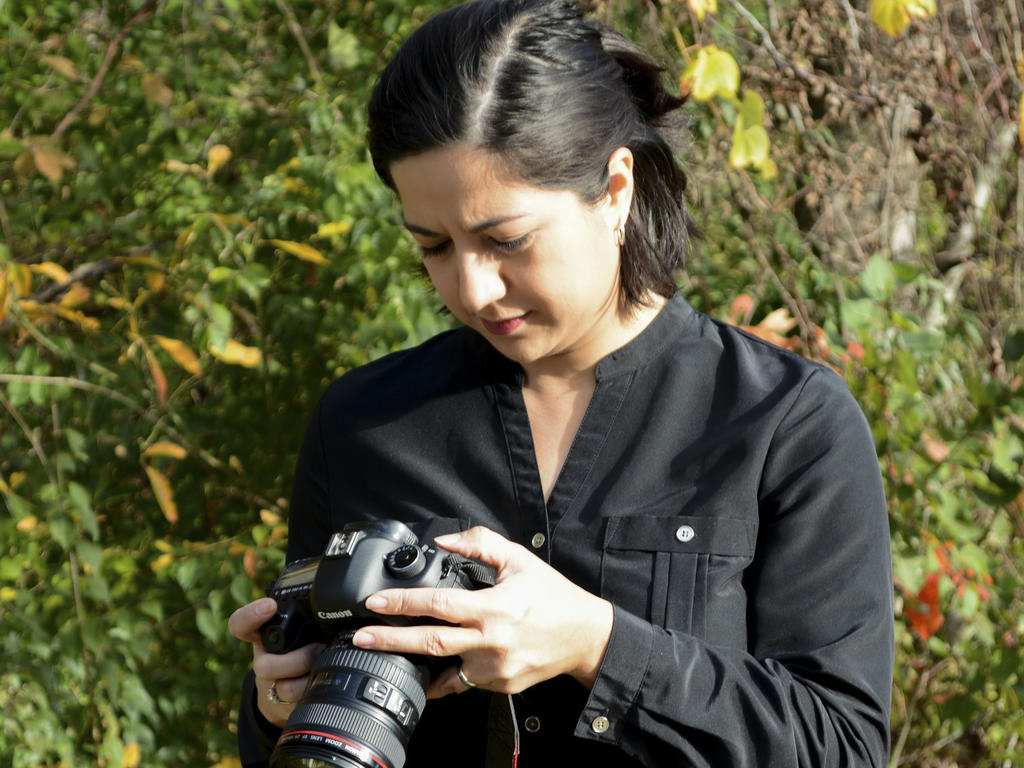Stephanie Swindle Thomas graduated from Rhodes College in 2006 with a BA in art. She currently works as the Public Relations Specialist for the College of Arts and Architecture—which encompasses the Stuckeman School of Architecture, Landscape Architecture, and Graphic Design, the Palmer Museum of Art, the School of Theatre, the School of Music, the Department of Art History, and the School of Visual Arts—at Pennsylvania State University.
What paths can one take in the arts?
There are plenty of paths, and they may not seem to be connected, but they are. My first job out of college was working for the Rhodes College alumni and communications office. I learned PR, social media, website updates, art directing, office and email etiquette, and even created a digital photo archive.
Then, I went to grad school in art history at Penn State to get my M.A. I learned Photoshop and other Adobe products as part of my assistantship digitizing slides. I had a museum internship at the Palmer Museum of Art at Penn State during the summer between my first and second years. After I graduated, I returned to Memphis and worked at the Metal Museum doing all of the things I learned in my previous jobs and learning new skills that I still use every day.
After moving back to Pennsylvania, I worked at the Palmer Museum on their permanent collection catalog and PR efforts, using the photography skills that I picked up in the meantime. I eventually took a job doing PR for Penn State’s School of Architecture, Landscape Architecture, and Graphic Design. After less than a year, I got promoted to doing PR for the whole College of Arts and Architecture. This is my current job, and I am in my fourth year. I had one gap year for my husband’s sabbatical in Italy, during which I spent the year traveling and doing photography. I even had a photography exhibition at Penn State of my work when I returned.
I recently helped build a digital photo archive for the College of Arts and Architecture at Penn State (with my supervisors from my grad school assistantship in the Visual Resource Center, using the skills I learned at my first job at Rhodes) that houses all of the photographs I take in my current position (with the photography skills I learned at the Metal Museum). My most recent major shoot was a reception for Yo Yo Ma at Penn State. This spring I am going to present the archive at the Visual Resources Association’s national conference as part of a panel with speakers from the Metropolitan Museum of Art, the Philadelphia Museum of Art, the Florida Natural History Museum, and the College for Creative Studies.
The arts are everywhere. As long as you build your skillsets and connections, you can be successful. It takes a little creativity, but thinking out of the box is what we do best.
How did your time as an art/art history major prepare you to meet your career goal?
It made all the difference. I know how to write, research stories, describe things visually, understand what artists are doing and how to convey it to people. The art history department is one of the units that I help to promote. As part of my job, I get to write feature articles about student and faculty research, promote lectures, photograph events, and increase the visibility of the arts to a broader audience.
It seems like everyone’s parents want them to become a doctor or take a career path that will lead to employment. I’ve ALWAYS been employed, but what is more important is that I LOVE what I do.
The other day, I interviewed someone working on an urban revitalization and Olympics bid project at nine, had a photoshoot of a daycare artmaking class at 10:30, edited the pictures at noon, built social media ads for admissions for a few departments, went home to let out the dog, and then returned to art direct a photo shoot with my high school intern for an exhibition on campus. I would say that was an ordinary day, but I don’t have ordinary days. The next morning, I was in construction gear photographing a building renovation, followed by distributing that content to the local television stations for their evening news packets.
What art and art history course(s) where you most impacted by?
My love for art history started during orientation. I took the Brooks Museum tour with Professors McCarthy and Coonin as one of my activities. Then, I registered for the survey course with Prof. Coonin. I knew right away that this was what I wanted study. It wasn’t just the material; it was the energy that he brought to teaching it. I remember commuting into campus listening to this Oasis song, “Electric,” and the gist of it is “if he/she is electric, can I be electric, too?” I thought to myself, if Prof. Coonin loves what he does and teaches about it with this much electricity, maybe I could do this with electricity, too.
Keep in mind that I had never even been to an art museum when I started college. I was the first person in my family to graduate from college. I knew nothing about art history. My first exam grades were low because there was such a learning curve. It took time and hard work.
Prof. McCarthy’s methods course was probably the most difficult course I ever took at Rhodes. That being said, I learned so much in that course that my graduate school historiography course was easy. The modern sequence with Prof. McCarthy shaped the way I write, the way I see, and most importantly, the way I think. His patience, advising and support helped me succeed at Rhodes and in grad school. He and Prof. Coonin have been my professors, mentors, and friends, and I owe it all to them.
Any advice for Rhodes students?
Carry a little notebook with you everywhere you go. Write down ideas, poems, song lyrics, descriptions of things. Sketch! Keep your mind moving. It doesn’t have to make sense at that moment, but it will.
Be a professional in every sense of the word: Be respectful to everyone you meet. Say thank you. Be on time. If you say you’re going to do something, do it (and do it the very best you can because if you give it your best, you will have nothing to regret). Respond to emails. Make lists. Stay organized. Be generous with your time, your talents, and yourself.
Be passionate about your art, your work. Measure and challenge yourself against yourself, not others. Most of all, remember where you came from and who you are.

